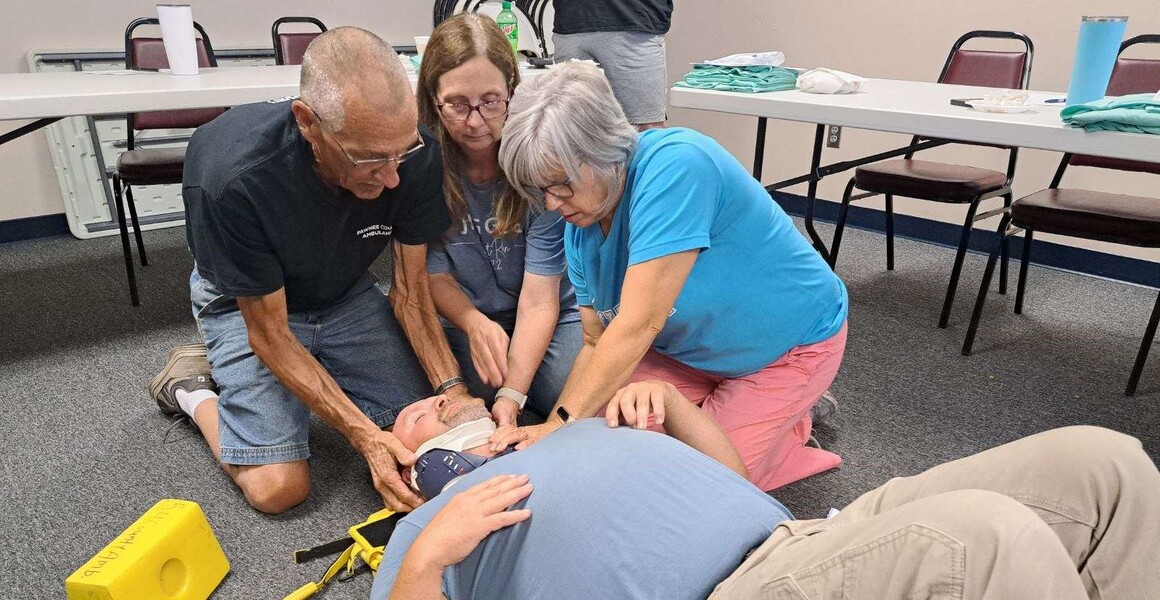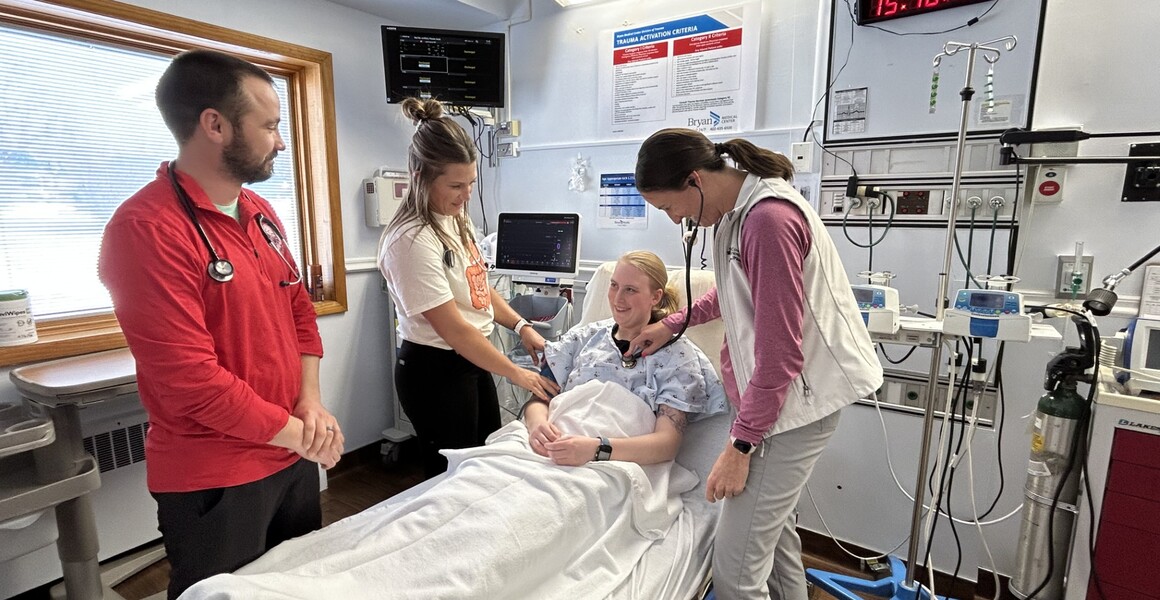Edema
By Dr. Kent Niss
Edema is a term that you may or may not have occurred before however it is very common term used in my clinic. Edema simply means fluid within the layers of the skin. This is a very common complaint and can be very benign or can be a sign of something more concerning needing some attention. Today I would like to go through what edema is, the common ways of it developing and what might be the underlying causes as well as how we manage this.
Edema is synonymous with swelling. In general, we think of edema as being swelling caused by fluid underneath or within the skin that usually happens independent or gravity dependent areas. Therefore, we usually noticed this in the feet, ankles or lower legs. However, in certain circumstances this can affect the upper extremities, hands and even the lower back/buttocks. Edema is very common and is something that can “come and go”. Edema can be identified very simply by placing your finger over your shin bone or on the top of your foot and pressing with some firmness and then letting go and if there is a small divot that remains and takes a while to subside that is demonstrating that there is fluid underneath the skin that you are displacing resulting edema. Most of us have experienced edema at some point in their lives if we have been on a long car ride, airplane ride or even eaten some extremely salty meals in the summertime. All of these usually lead to some extent of edema even in completely healthy individuals. As edema is just fluid that builds up in a particular area, things such as not moving for long periods of time (long car rides or plane rides) or increasing salt or sodium in your diet can commonly cause this. However, like most disease processes there are many causes of this issue: edema. There are some very benign and not worrisome causes such as the things stated above however there were more concerning causes such as congestive heart failure, arterial disease, blood clots or even some infections.
The most common causes of edema or swelling especially in gravity dependent areas is too much salt in the diet or something called venous insufficiency. Salt causes edema by making our bodies retain more fluid and inherently needing to drink more fluid to compensate for the amount of salt that we intake. This can be easily remedied by a decrease in the amount of salt in our diet or by taking medicines that help us remove salt from our system. Venous insufficiency occurs when blood supply from these dependent areas such as the feet or legs going back to the heart is disrupted from some cause. Most often this is due to leaking of bowels that are within the veins. This usually occurs over time and is more common in folks that are older or has had jobs where they are standing for prolonged periods of time. This in itself is a fairly benign process and can be treated very simply and conservatively.
There are various causes of edema including blood clots, congestive heart failure and even infections. Edema is usually only one component of the symptoms that you have if there is a significant infection. Usually these are skin infections (cellulitis) that occur on our legs or feet that produce a significant inflammatory reaction causing a lot of fluid retention, edema. With this usually there is significant redness around this area as well as warmth and very tender to touch and even sometimes fever. Blood clots can result in edema and significant swelling. Most commonly blood clots only occur on one side of the body at a time. Therefore, the edema that you see with a blood clot is usually only on one extremity usually a lower leg or foot. Sometimes this can also include some redness and warmth in the overlying skin and usually some significant tenderness with compression of the calf muscle. Therefore, if a person sees significant swelling in one leg more than the other this is a cause to see your primary care provider immediately. Congestive heart failure can also lead to significant swelling and is usually one of the first symptoms we notice in the diagnosis of congestive heart failure. This is usually in both of the lower extremities and can be to varying degrees. It can be simple small swelling that was noticed in the feet that is present during the day and then goes away at night or can be significant swelling that goes up to the knees and does not go away even with elevation of the legs.
How do I go about treating these various types of edema? First step in determining treatment methods of edema is figuring out the cause of this edema. Most of the treatment plans overlap however there are subtle differences particularly if it is something more serious such as congestive heart failure, infection or blood clots (deep venous thrombosis or DVT). In determining the cause of the edema your provider may suggest doing some lab work, an ultrasound either of your lower extremities or a particular type of ultrasound called an echocardiogram which is an ultrasound of your heart. They may also want to do some different imaging to look at the blood flow in your lower legs both to and from the heart. However, once the cause is determined by these various workup methods, treatment can begin. The most common and first step in treatment of edema is elevating the legs at least to or above the level of the heart. This is simply combating the effects of gravity that can cause edema. The second step is applying compression to the area of swelling. This can be in a simple fashion such as using an ACE bandage and wrapping somewhat tightly to apply compression to the swelling or can use different compression stockings such as TED hose, Edema Wear or various other types of wraps. The vast majority of swelling in the lower extremities can be managed with these two steps alone. Other steps may include using medications to help remove some fluid from your body. These are usually referred to as “water pills”. These help by allowing you to urinate off more water. These can be very effective both short term and intermittently as well as used daily. If the cause is due to a blood clot, then your provider will likely recommend using a medicine called an anticoagulant or blood thinner to allow your body to breakdown that blood clot to restore good blood flow. Occasionally this will take surgical intervention, however. Likewise with treating an infection that is causing this swelling and edema we will need to use antibiotics to treat the underlying infection.
If you experience edema commonly and have not talked to your primary provider about this, it would be a very good idea to do so. There are a significant number of things that can cause edema and it is worthwhile to make sure that is not something more serious or something that is building over time. As discussed above there is some very simple steps for workup that or not invasive to allow us to determine the cause and the best treatment plan thereof. As always if you have any questions about this topic, please feel free to contact us at the rural health clinic or your primary care provider.










